 Purslane is a common herb that’s renowned for its medicinal benefits. Its scientific name, Portulaca oleracea, literally means “herbal purslane” and describes the plant’s edible and medicinal properties. In fact, humans have been using purslane for millennia, and now the plant has thousands of names in many different languages. Purslane has an incredibly wide distribution and can be found on three continents. It grows naturally in Northern Africa, Europe, the Middle East, Southern Asia, Indonesia, and Australia. Its massive range is likely due to anthropogenic means, as humans likely spread this plant across the globe for its edible and medicinal properties.
Purslane is a common herb that’s renowned for its medicinal benefits. Its scientific name, Portulaca oleracea, literally means “herbal purslane” and describes the plant’s edible and medicinal properties. In fact, humans have been using purslane for millennia, and now the plant has thousands of names in many different languages. Purslane has an incredibly wide distribution and can be found on three continents. It grows naturally in Northern Africa, Europe, the Middle East, Southern Asia, Indonesia, and Australia. Its massive range is likely due to anthropogenic means, as humans likely spread this plant across the globe for its edible and medicinal properties.
IDENTIFY NEW PLANTS WITH PLANTSNAP
Today, purslane is still eaten for its medicinal benefits. It’s one of the healthiest plants out there and is chock full of vitamins and minerals. It can be used as a garnish or in salads and adds a fresh, sour taste to many dishes. So what exactly are the pros of eating purslane? Keep reading to learn about 10 surprising purslane benefits!
Purslane Is Low in Calories
Purslane is mostly made of water. In fact, about 93% of the plant is just good old H2O. The remaining 7% is full of all sorts of important nutrients. 100 grams of purslane contains only 16 calories! So, purslane is an excellent choice for people watching their calorie content, while still providing loads of nutrients.
Purslane Is Packed With Vitamins
100 grams of purslane contains more than a quarter of your daily allotment of two essential vitamins:
- Vitamin A: 44% of the recommended daily intake.
- Vitamin C: 35%
Purslane also contains small amounts of vitamin E and vitamins B1, B2, and B3. In short, purslane is one of the most vitamin-rich plants in the world for its calorie content.
Minerals
Minerals are also essential for humans to function and all of the minerals in our body are from the food we eat. Purslane contains many important minerals:
- Magnesium: 17% of the recommended daily intake.
- Manganese: 15%
- Potassium: 14%
- Iron: 11%.
- Calcium: 7%
Purslane also has trace amounts of copper and phosphorus. The diverse array of minerals in purslane make it a balanced source of these essential nutrients.

Purslane Benefits Bones
Who says milk is the only food that can strengthen bones? Two of the minerals found in purslane – calcium and magnesium – are super important for building and maintaining strong bones. A lack of calcium is a common cause of osteoporosis, so eating purslane can reduce your risk of developing this condition.
Omega-3 Fatty Acids
Although purslane is generally low in fat, most of that fat is comprised of fatty acids. Fatty acids are essential for humans, but we can’t produce them ourselves. So, we must get them from our diet. Purslane is rich in Omega-3 fatty acids, which can help prevent heart disease and strokes. Purslane has more fatty acids than any other leafy green vegetable, making them a great choice to get that essential Omega-3!
Antioxidants
Purslane also has loads of antioxidants. Many of the nutrients we listed above are important antioxidants, including Vitamins C, E, and A. Aside from the vitamins, purslane also contains Glutathione, which protects cells from damage. It also has some melatonin, which helps you keep a normal sleep cycle. Try eating purslane with your dinner to help yourself get a good night’s sleep!

It Could Lower Your Risk of Cancer
Purslane contains a good amount of beta-carotene, the compound that gives its stems a reddish hue. Beta-carotene is another type of antioxidant found in purslane. Beta-carotene is good at reducing the number of free radicals in your body. Free radicals can increase the risk of cell damage, thereby increasing your risk of cancer. So, boosting the amount of beta-carotene you get can help lower your risk of cancer.
Purslane Might Help with Asthma
One study found purslane to help with asthma. Compared to normal treatments, purslane led to improved pulmonary function in asthmatic patients. Although this is just one study, the results are promising!

Purslane May Benefit Diabetics
A small clinical study found that people who ate purslane seeds ended up with a lower body mass index, lower serum triglyceride levels, and lower blood pressure than a control group. Although the study concludes that further research should be done, it is still very promising!
In Conclusion
The benefits of purslane do come with one caveat. Purslane is high in oxalates, which can increase the risk of getting kidney stones. However, unless you’re prone to getting kidney stones, the high oxalate content of purslane is no cause for concern. The average person would need to eat a lot of purslane to risk developing a kidney stone.
In all, purslane is an awesome leafy green plant that can make an excellent addition to your kitchen repertoire. There are many great recipes out there, so maybe it’s time to start experimenting in the kitchen and experience the great benefits of purslane!













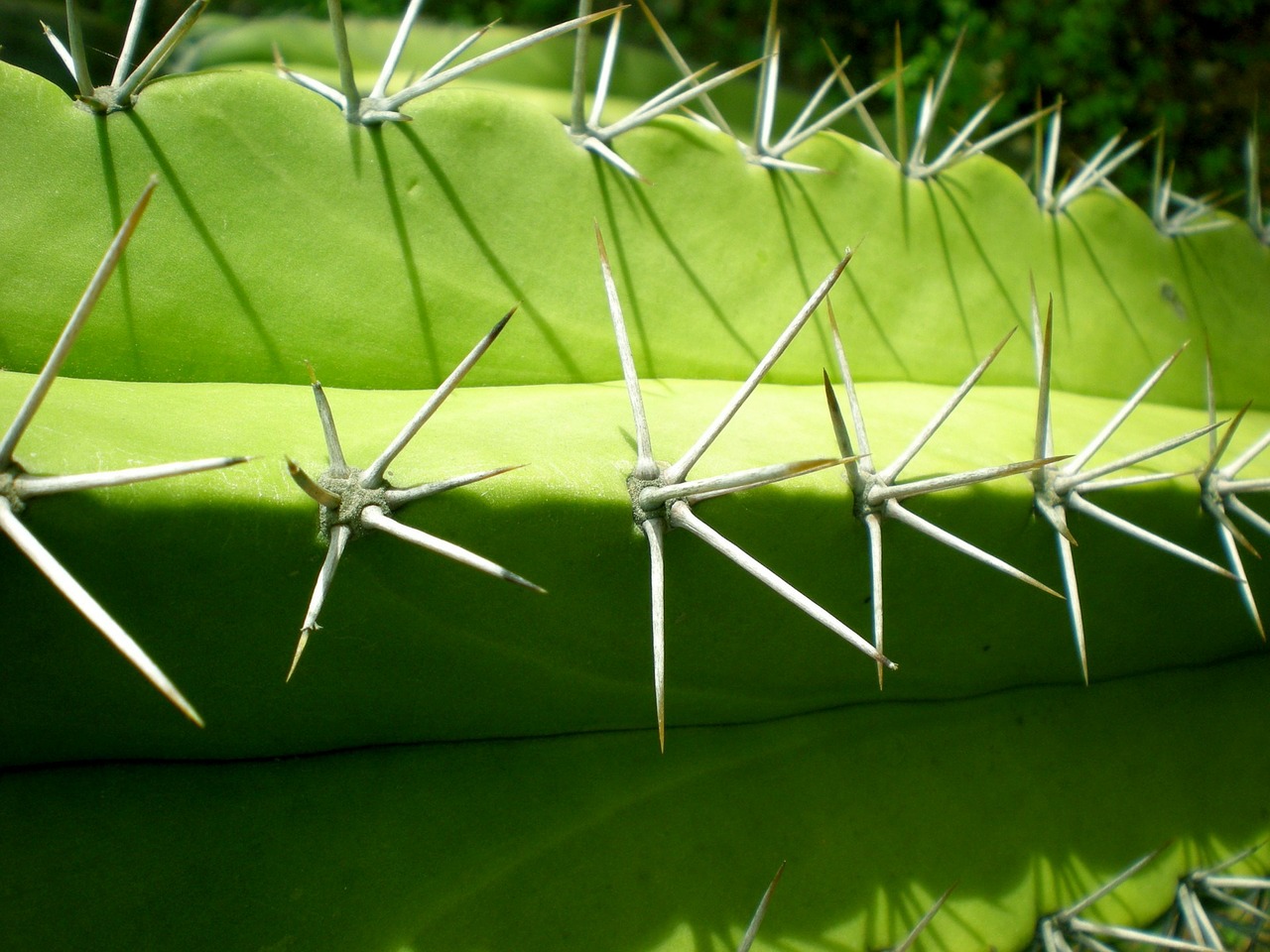
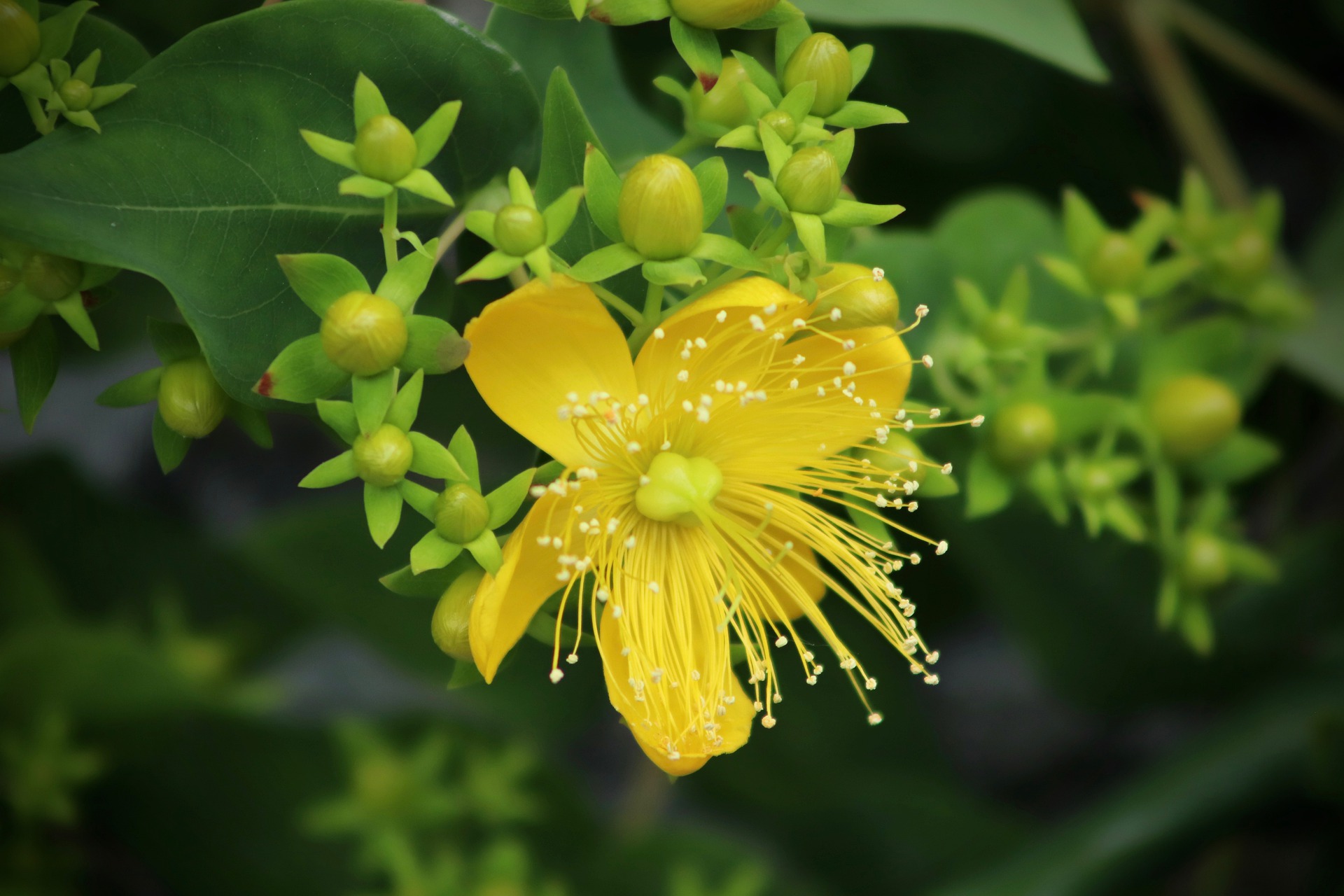
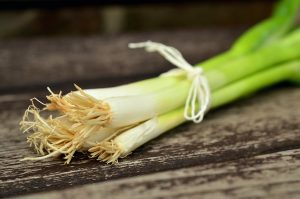
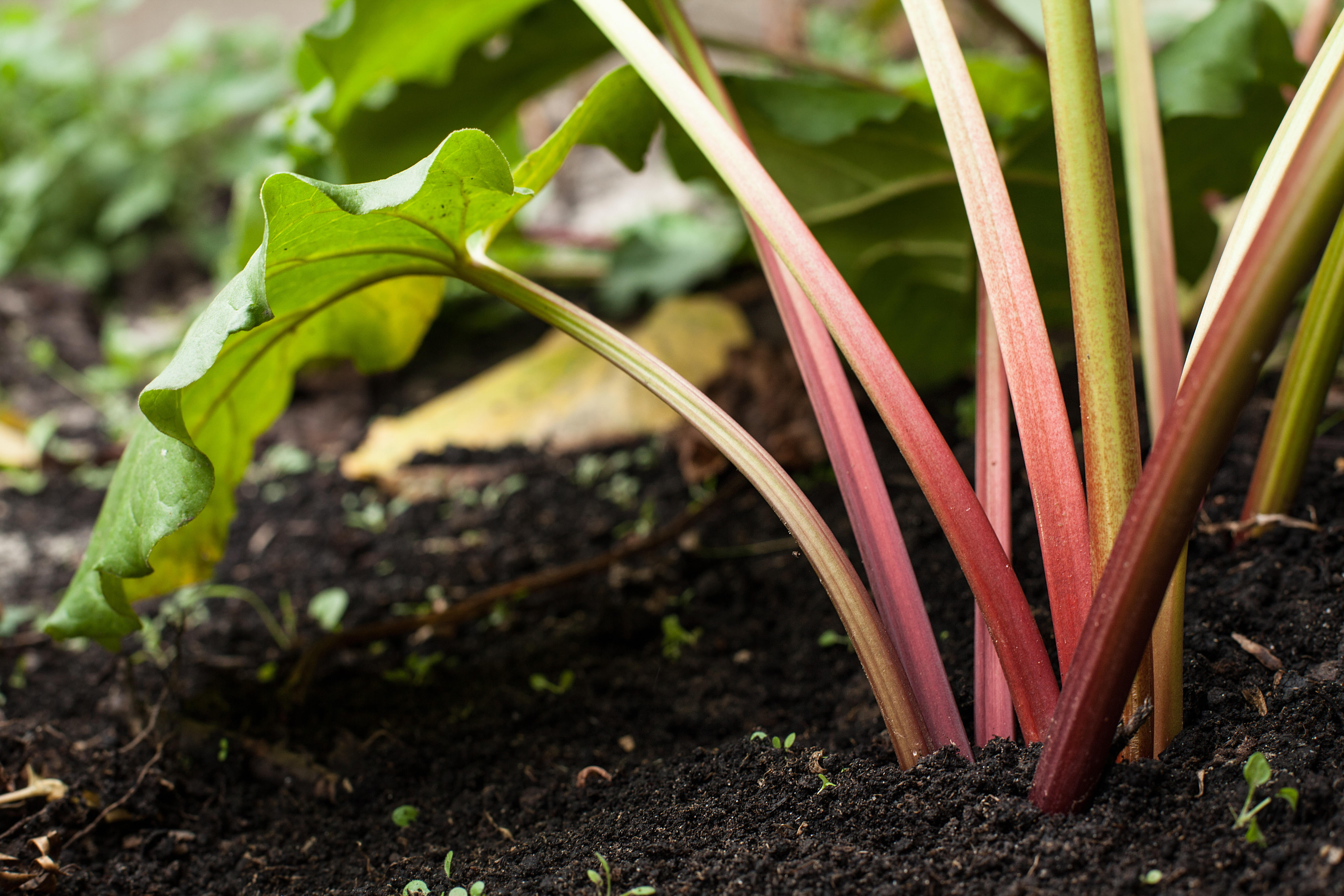

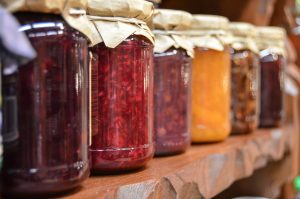
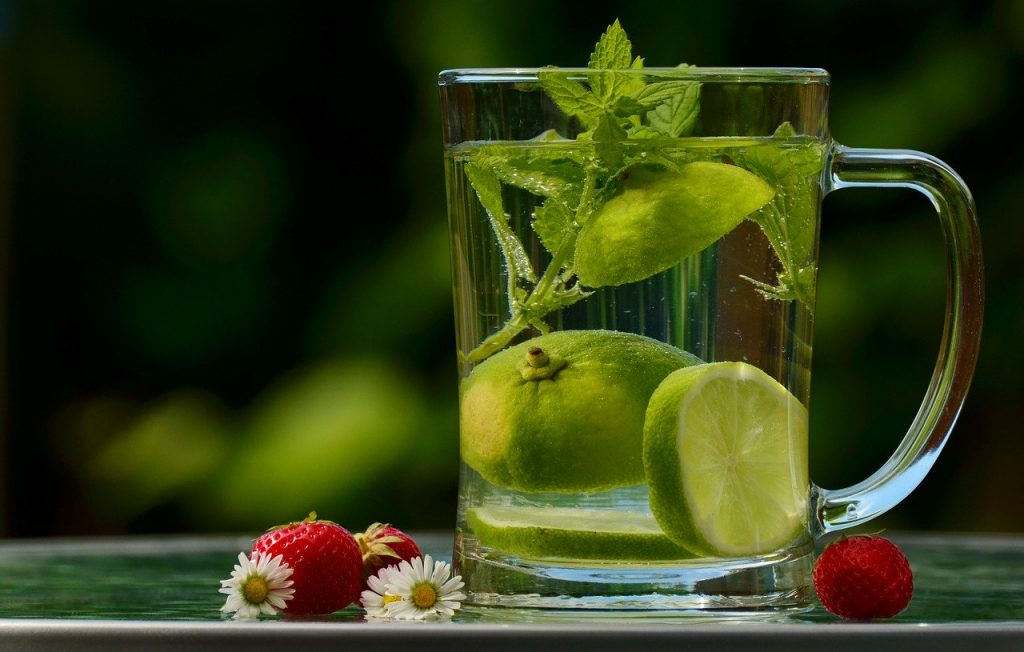
0 Comments